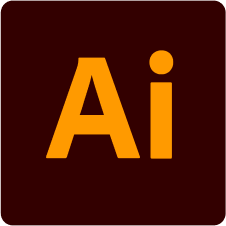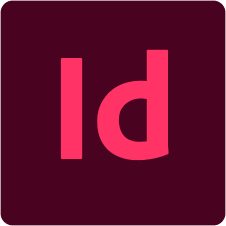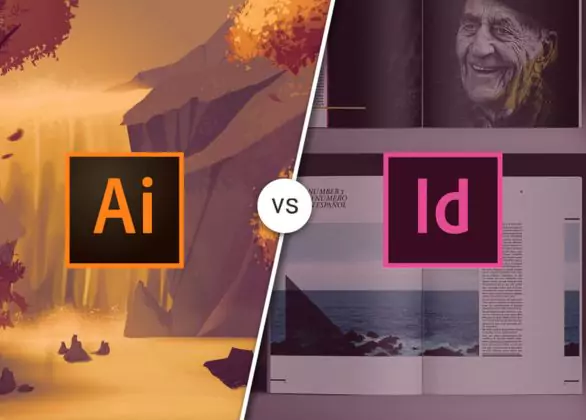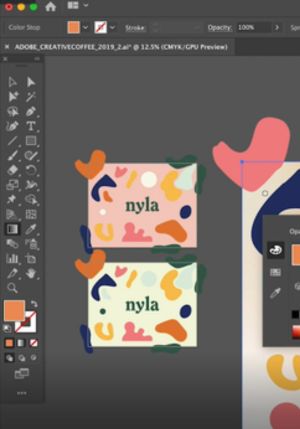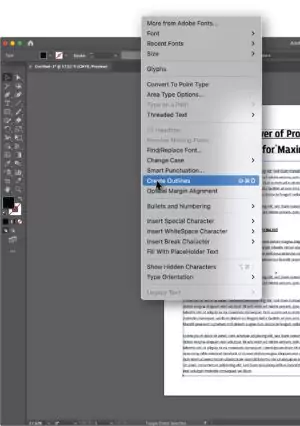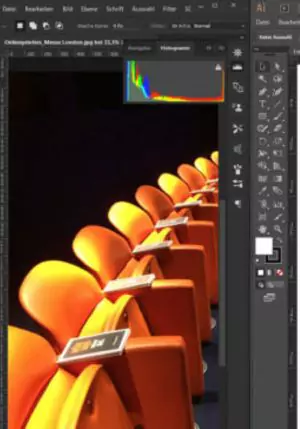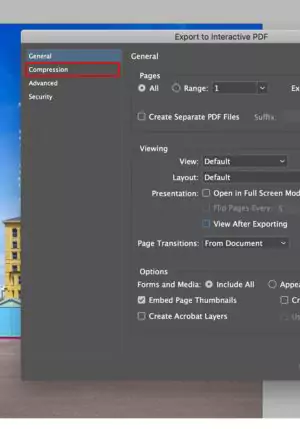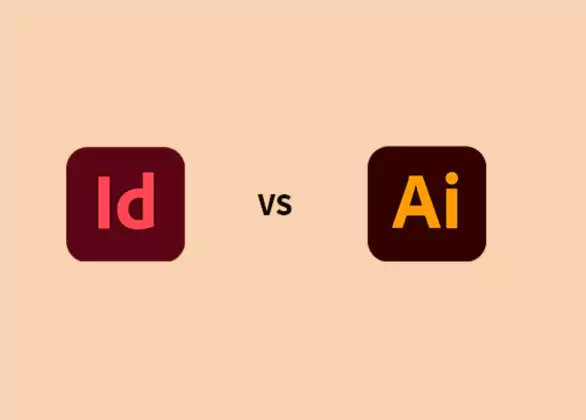InDesign vs Illustrator: Choosing the Right Adobe Tool for Your Design Needs
Understanding the Core Purpose of Each Tool
- At first glance, Adobe InDesign and Illustrator might seem interchangeable—they’re both vector-based and used in professional design workflows. But their intended functions vary significantly.
- Adobe InDesign is primarily used for layout and desktop publishing. It’s ideal for projects involving multiple pages and large amounts of text—think magazines, brochures, eBooks, and annual reports. It allows you to manage styles, flowing text, page numbers, and master layouts efficiently.
- Adobe Illustrator, on the other hand, is designed for creating vector graphics. It’s perfect for designing logos, icons, illustrations, and any artwork that requires scalability without loss of quality. It’s more drawing-focused and excels at creating standalone visuals rather than multi-page documents.
Key Differences Between InDesign and Illustrator
1. Project Type
- InDesign is purpose-built for layout design, making it the professional’s choice for multi-page documents. It offers advanced page management features, including master pages, grids, and bleed settings. Whether you’re creating a magazine, an eBook, or a company report,
- InDesign helps maintain consistent formatting across dozens or hundreds of pages. Illustrator, in contrast, is designed for single-page designs and illustrations. It gives designers pixel-perfect control over objects, allowing for precise creation of logos, icons, diagrams, or posters. While you can design a brochure in Illustrator, it quickly becomes inefficient for anything beyond a few pages.
2. Text Handling
- This is one of the most significant factors in the InDesign vs Illustrator debate. InDesign offers highly sophisticated text control. Designers can create paragraph and character styles, manage hyphenation, kerning, leading, and tracking with fine precision. It even supports threaded text boxes that flow seamlessly from one page to another. For documents that are text-heavy—like magazines or whitepapers—InDesign keeps things organized and consistent.
- Illustrator, while it allows for text insertion and formatting, is limited in this area. You can style text and convert it to outlines for design purposes, but handling long paragraphs, columns, or flowing text is cumbersome. It’s better suited for short phrases, headlines, or text that’s part of a graphic composition.
3. Graphics and Illustration
- This is where Illustrator truly shines in the comparison between InDesign and Illustrator. Illustrator is made specifically for creating complex vector artwork. With advanced drawing tools like the Pen tool, shape builder, custom brushes, and gradient meshes, it enables detailed illustrations, logo creation, and typographic art. Everything created in Illustrator is scalable, meaning it retains quality no matter the size.
- InDesign, on the other hand, is not designed for illustration. It allows you to import and place graphics, resize them, and align them within your layout, but doesn’t offer robust drawing tools. For creative work involving original artwork or illustrations, you’ll likely create those elements in Illustrator and then bring them into InDesign.
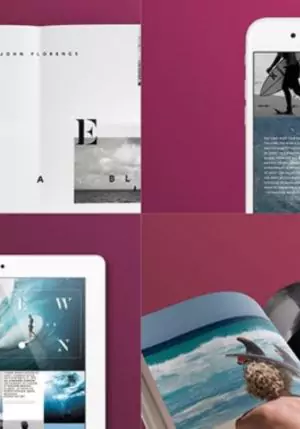
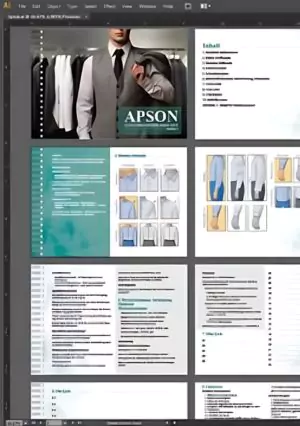
4. Multi-Page Layouts
If you’re working on a design that spans multiple pages, this is a clear win for InDesign in the
- InDesign vs Illustrator debate: InDesign features automatic page numbering, linked text frames across pages, and tools like master pages that let you apply consistent design elements across the document. It’s also easy to export print-ready PDFs or create interactive digital publications with embedded links and navigation.
- Illustrator supports multiple artboards within a single document, which can simulate pages. However, these artboards are independent of one another and lack features like linked text or master templates. Managing anything beyond 4–5 artboards becomes inefficient, especially when design consistency is crucial.
5. Exporting and Output
- Both programs support various export formats, but how they handle output differs based on project goals. InDesign is optimized for print and digital publishing. It allows for high-resolution PDF exports with control over bleed, crop marks, color profiles, and preflight checks to ensure print accuracy. You can also export EPUBs or interactive PDFs, making it suitable for both print and digital media.
- Illustrator is more versatile for graphics that will be used across different media. It exports easily to formats like SVG, PNG, and EPS, which are great for websites, mobile apps, and merchandise. Illustrator is the better choice for designs that need to be scaled, reused, or animated later in After Effects or similar software.
When to Use InDesign and When to Use Illustrator
Making the right tool choice
Choosing between InDesign vs Illustrator comes down to your specific design needs. If your focus is on structured layouts with text-heavy content, InDesign is your go-to. It simplifies the workflow for editorial, corporate, and publishing projects. If you’re working on brand identity, product packaging, or any form of scalable visual art, Illustrator provides unmatched control over shapes, paths, and colors. In professional environments, many designers use both tools in tandem—Illustrator to create the graphics, and InDesign to assemble the final layout. Understanding where each tool shines allows you to streamline your workflow and deliver polished, professional results.

